JBL is not new to making Active Noise Cancelling (ANC) headphones, but they haven’t really made one that is one flagship to compete with the Bose and Sony ones. Enter the JBL Club One, which features a premium design and offers flagship features you’d expect from a pair of ANC headphones.
Unboxing
Inside the box, you will find the following items:
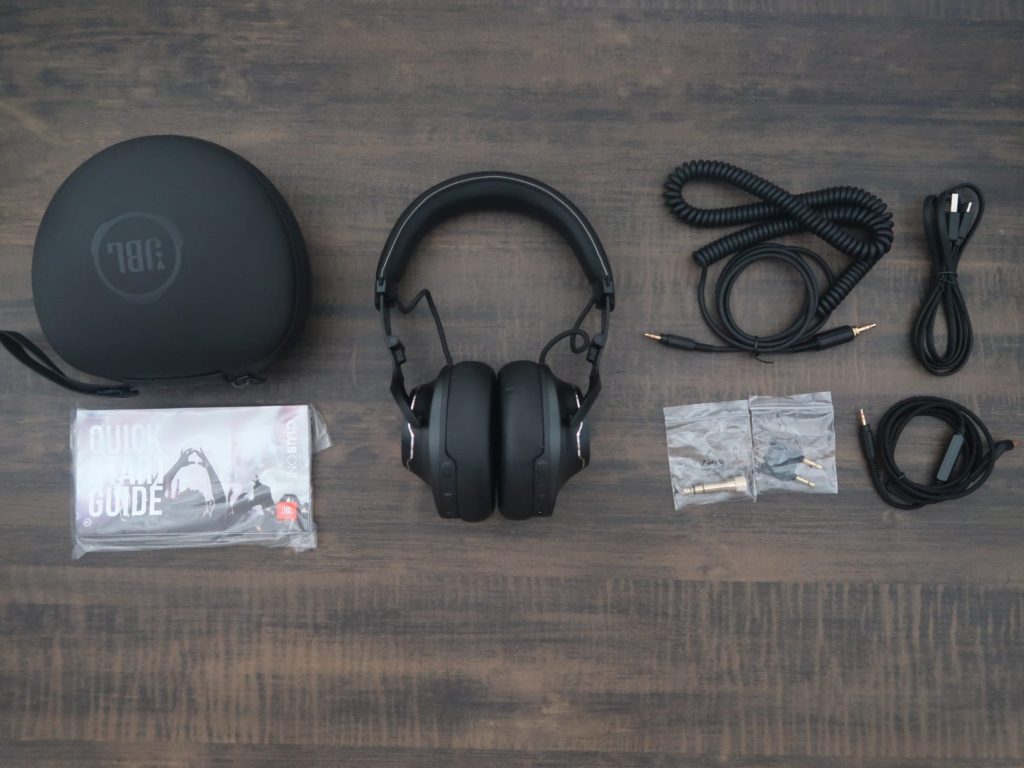
- JBL Club One ANC headphones
- Aux-in cable with remote & mic
- Aux-in coiled-cable
- USB Type-C charging cable
- Hard Case & Flight adaptor
- Documentation and Warranty
- 6.3mm adaptor
Tech specs
| Driver size | 40mm dynamic |
| Frequency response | 20Hz – 20kHz |
| Battery | 25 hours per full charge (with ANC on) 45 hours per full charge (with ANC off) – 2 hours charging time to full – 15 min quick charge for 2 hours playtime |
| Weight | 378.5 g |
| Bluetooth version | 5.0 |
Build quality and features
The design and build quality of the JBL Club One is really on flagship level. JBL rids the typical plastic construction and went for a combination of metal and matte plastic that feels high quality. The use of metal here really screams premium and durability, which is seen on the ear cups.

There are buttons on each ear cup, and they are generally tactile when pressed. Build quality is superb as there is close to no rattling and flex. The entire headphones feel really solid. It is pretty interesting that the ear cushions are held by magnets, which likely makes for potential ear cushions changes easier. You can fold the JBL Club One down, and store it in the hard carry case provided.
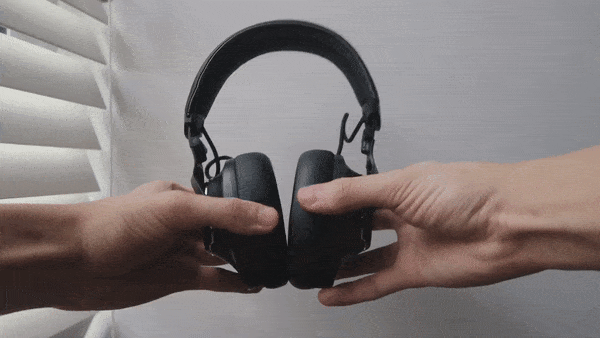
Though it is nice that JBL threw in a free hard carrying case, I found that the zippers on the case to be really tight, making it hard to close or open it. The space in the case is small as well, making storing the JBL Club One to be a precise job.
Controls and connectivity
JBL Club One purely uses physical button controls. The power, Bluetooth and smart ambient button are found on the left ear cup. The volume rocker and USB-C port are located on the right ear cup. The JBL logo on the left ear cup is actually a button and pushing it will summon voice assistant of either Google Assistant or Amazon Alexa.
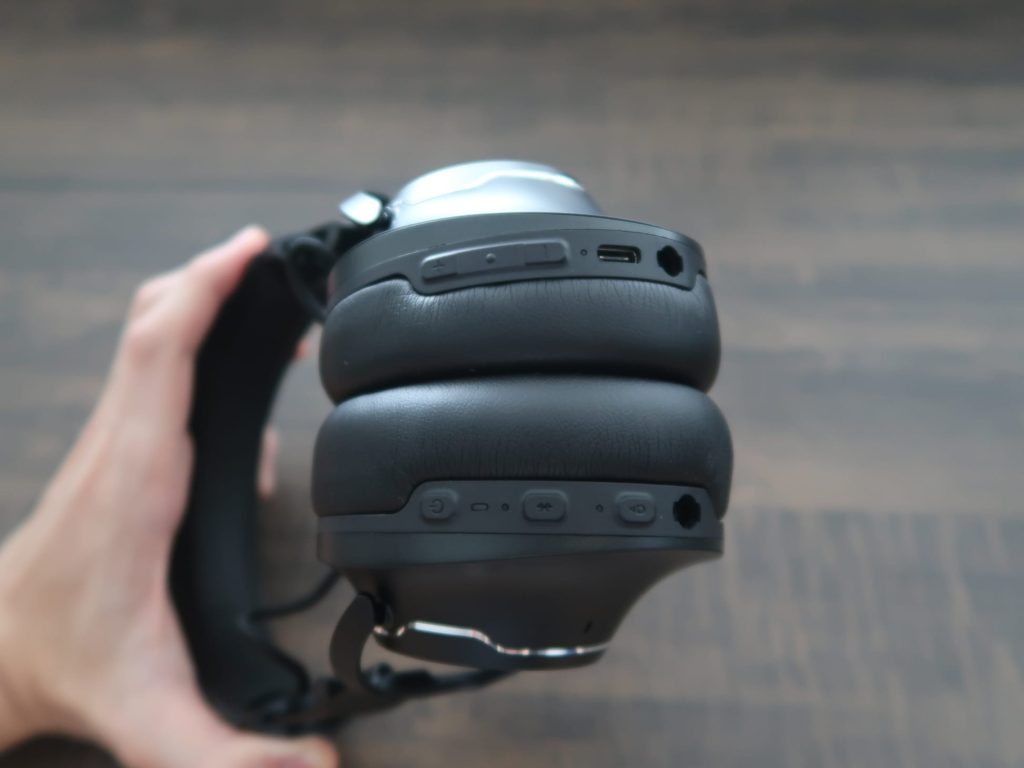
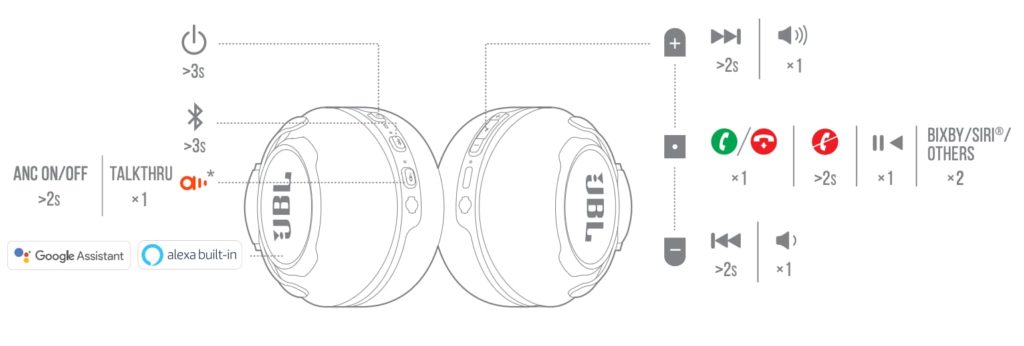
The JBL Club One supports multi-point connection, meaning that you can connect up to 2 devices to the headphones at once. This is a great convenience feature for individuals who uses their headphones regularly between 2 devices so they do not have to unpair and pair between devices.
Besides using the JBL Club One wirelessly, JBL also offers option to use it wired with a variety of AUX cables provided. If you’re into listening high resolution audio tracks, you’ll be glad to know that the JBL Club One supports Hi-Res audio via its wired connection. It is also nice to see JBL throwing in a flight adaptor (until the day we can use in planes).
JBL Headphones App
Like all flagship headphones, you’d expect an accompanying app to offer customisation so JBL has done so with the JBL Headphones App. The app at its basic level allows you to remap the Smart Ambient button (on the left ear cup) to Ambient Aware of TalkThru mode.
The customisation offered in the app is in terms of sound profile. There is a feature called Personi-Fi, which basically sits you through a short hearing test so that JBL can understand the spectrum of audio frequencies you can hear, then recommends a sound profile that best suits you. This technology is not new, but it is nice to see such a feature built into the app.
If you’re not a fan of your own suggested sound profile, you can try out the Stage+ sound profiles which are designed by famous DJs such as Martin Garrix. If all these still isn’t up your alley, then you can simply adjust the EQ chart, which does have a pretty observable impact on the sound signature from its default.
Battery life
The JBL Club One is able to provide 25 hours of music playback with ANC turned on, which is pretty good and comparable to Sony WH-1000XM4’s 30 hours. With ANC turned off, you can get almost double the battery life at 45 hours.JBL Club One also supports fast charging, of which a quick charge of 15 minutes will give you about 2 hours of use. Charging is done via USB-C.
Fit and comfort
The JBL Club One is quite comfortable to wear as its ear cushions are really plush and soft. The ear cups space aren’t the largest, but still provide enough room for mymy average-sized ears. The clamping pressure is also just nice for long periods of listening with minimal ear fatigue. The headband is also well cushioned, though I feel like it could add a little more padding.
JBL has done well in the above aspects which are key for headphone comfort. However, it is slightly let down by the weight of the headphones. Coming in at 378g, the JBL Club One is pretty hefty, especially if you consider the flagship competitors of Sony WH-1000XM4 (254g) and Bose 700 (252g). I guess the decision to go for a super premium build has drawbacks of additional weight that compromises on comfort.
Pairing, connectivity, and latency
JBL Club One is equipped with Bluetooth 5.0 and as aforementioned also supports multi-point connection. Pairing is pretty fast, though I found it does a while for the headphones to power on. As for latency, there is no audio video lag when watching YouTube videos from the YouTube app on my iPhone 11.
Sound quality
JBL is always known for delivering deep thumping bass so I was expecting the JBL Club One to have that. To my surprise, the JBL Club One‘s bass isn’t that, and instead offers a more tight and punchy bass response. Those who are used to a warm reverb associated with JBL’s headphones may find the bass on the JBL Club One a little underwhelming. Bringing up the bass levels in the EQ does help with introducing warmth in the overall tuning.
Midrange has good presence, with vocals taking the center stage and instruments sounding full with accurate separation. Treble is bright sounding and deliver crisp details without going too sibilant. Overall, the sound signature of the JBL Club One focuses more on the upper mid frequencies for a bright energetic sound.
Though the soundstage of the JBL Club One may not sound too rounded due to lack of sub-bass warmth, the imaging on the JBL Club One is great – which makes for an enjoyable audio experience on headphones. Instruments and vocals are well positioned, and you can accurately discern them in the overall mix.
ANC performance
ANC on the JBL Club One is pretty effective, but it isn’t as good as the older Sony WH-1000XM3. Having said that, I wasn’t expecting the JBL to beat the Sony as they are leaders in ANC for a long time. ANC performance on the JBL Club One is very close to what the Sony WH-1000XM3 can achieve, say 70-80% close, so I wouldn’t think you’ll be able to tell the difference unless you had them side by side.
The ANC on the JBL Club One doesn’t alter the sound signature of the audio which is a good thing, and I did not experience any audible hiss or white noise. The ANC is largely effective at cancelling out low-frequency rumble in buses for example. High frequencies sound like MRT doors opening and tunnel whooshes can be heard slightly through the ANC.
Microphone quality
The microphone of the JBL Club One is pretty good. I’d say that it is reliable to use it for Zoom calls if used in a well-controlled environment with little noise. Even though my voice was distant, it still sounded clear and detailed with some depth to it. When I introduced some background noise, the microphone doesn’t really try to isolate my voice so the audio output will be combination everything in the mix.
Conclusion
The JBL Club One considerably JBL’s first attempt at a flagship ANC headphones is pretty a good one. It has done well in many aspects such has detailed sound, an impeccable build and a solid battery life. Convenience features such as multi-point connection and TalkThru also help to bring up the functionality of the JBL Club One. The ANC is also quite effective though not the best. At its S$539 price point, the JBL Club One may find hard to compete with its competitors as it loses out on weight and ANC.


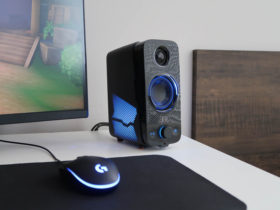
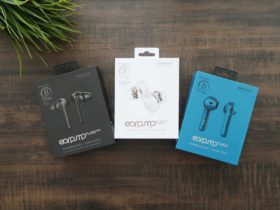
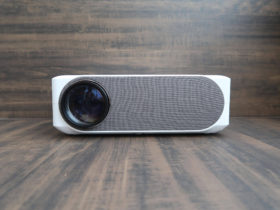
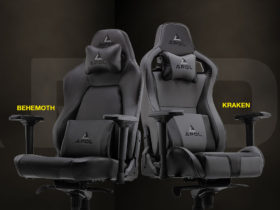
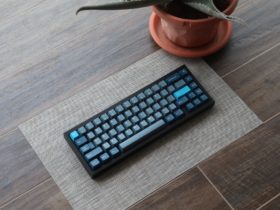
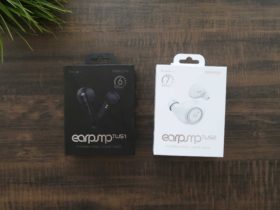
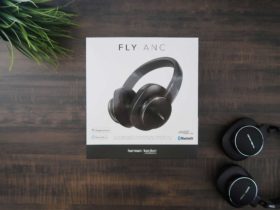
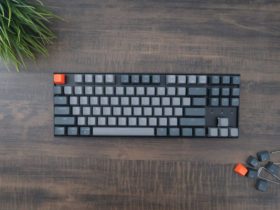
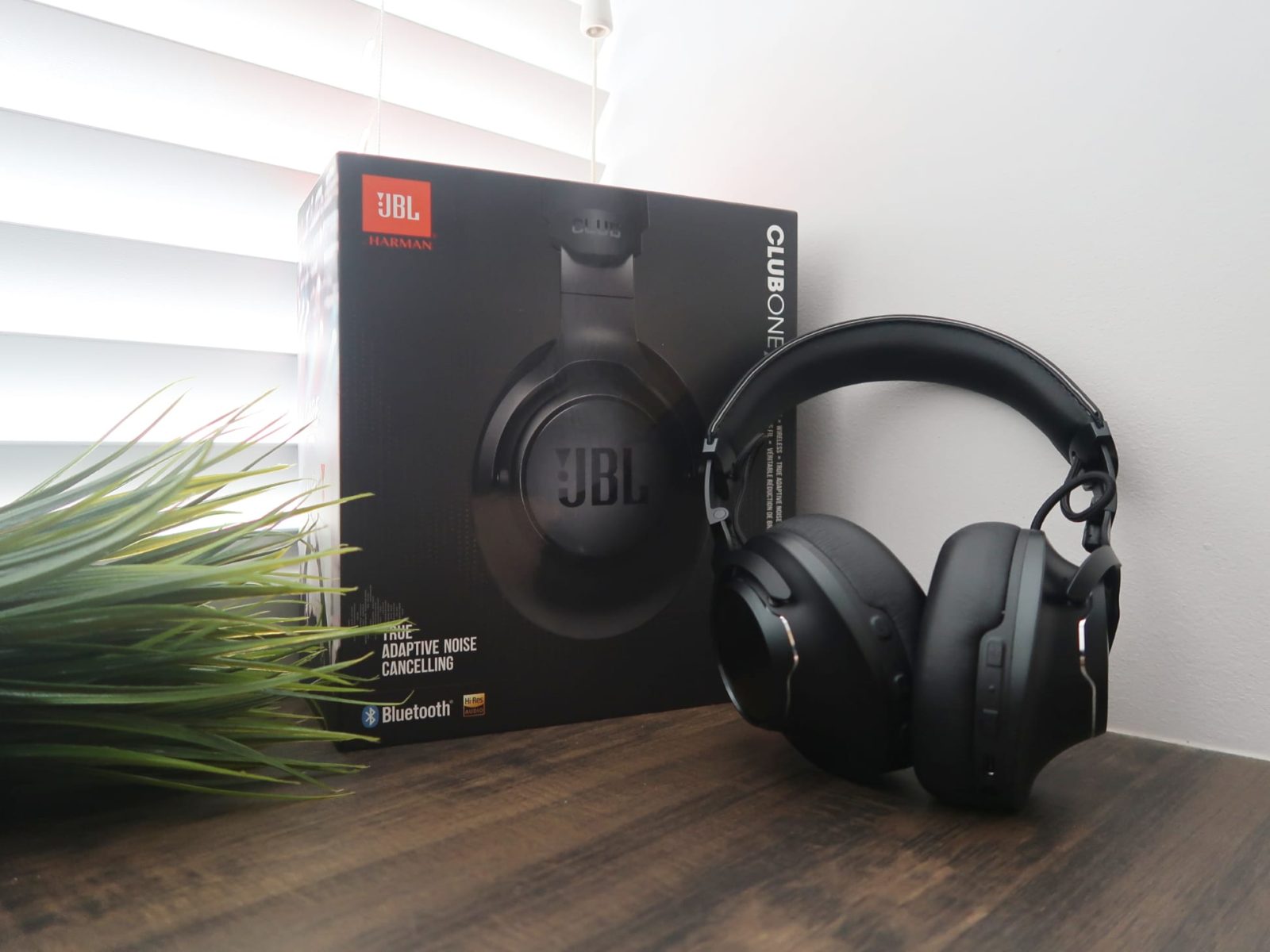
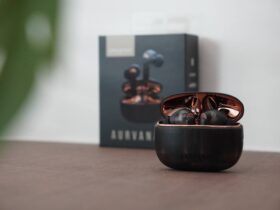
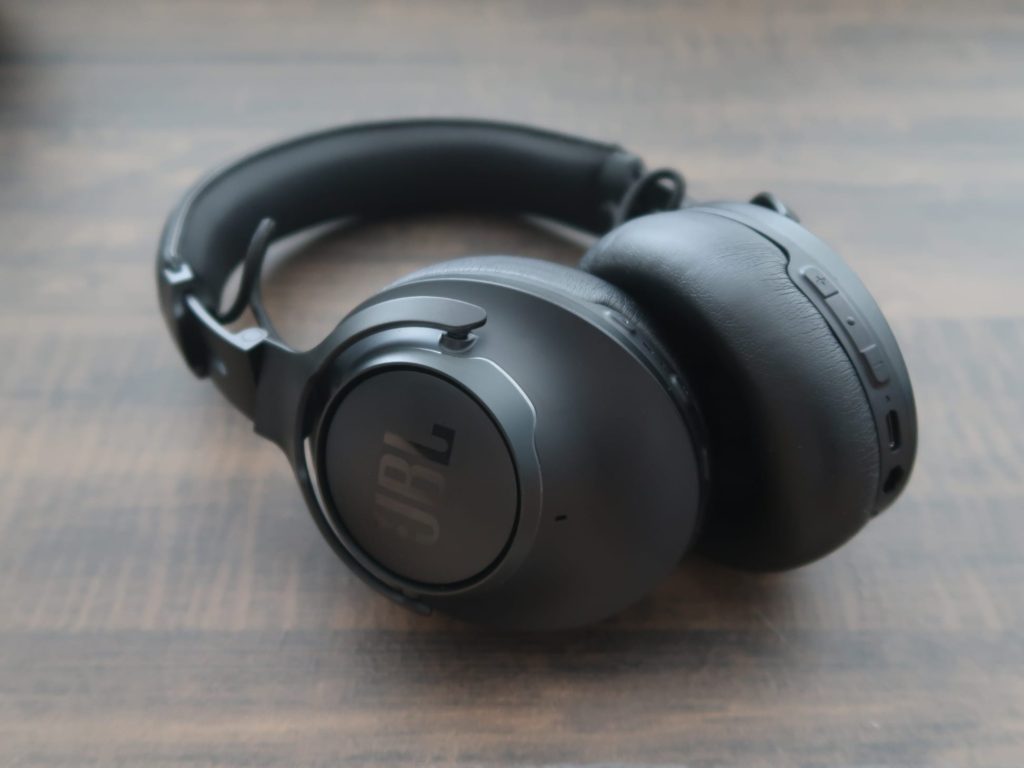
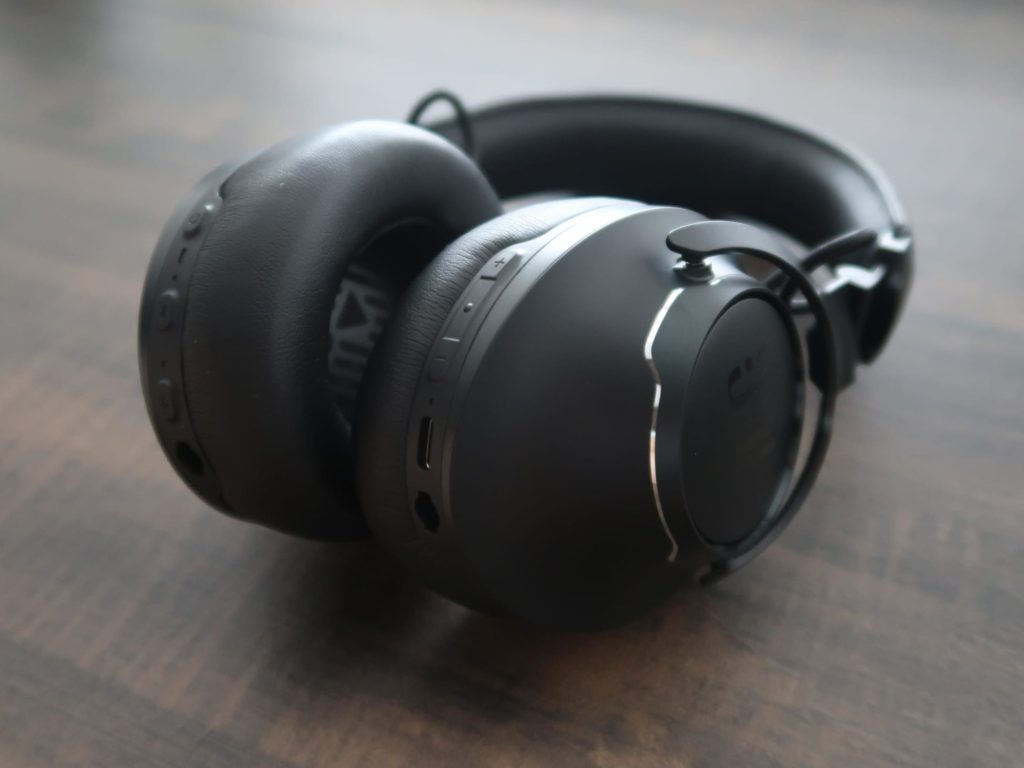
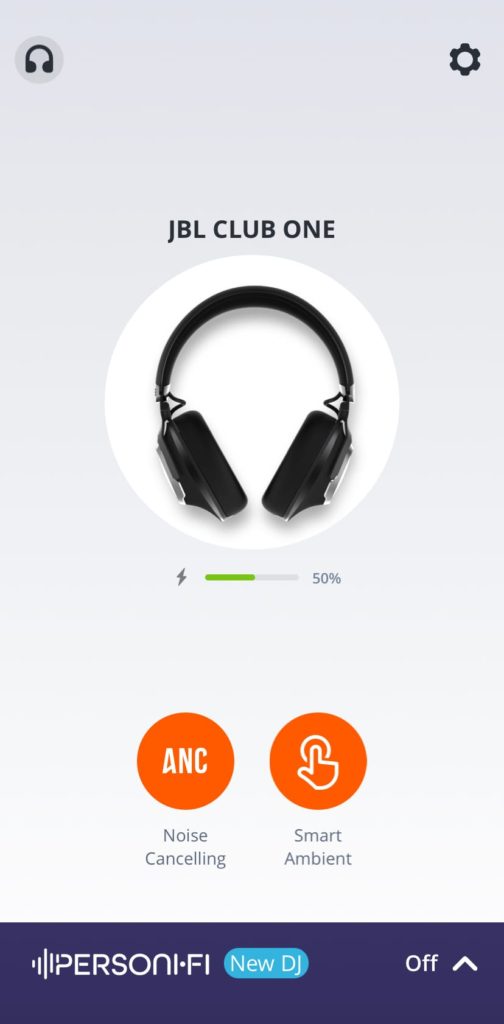
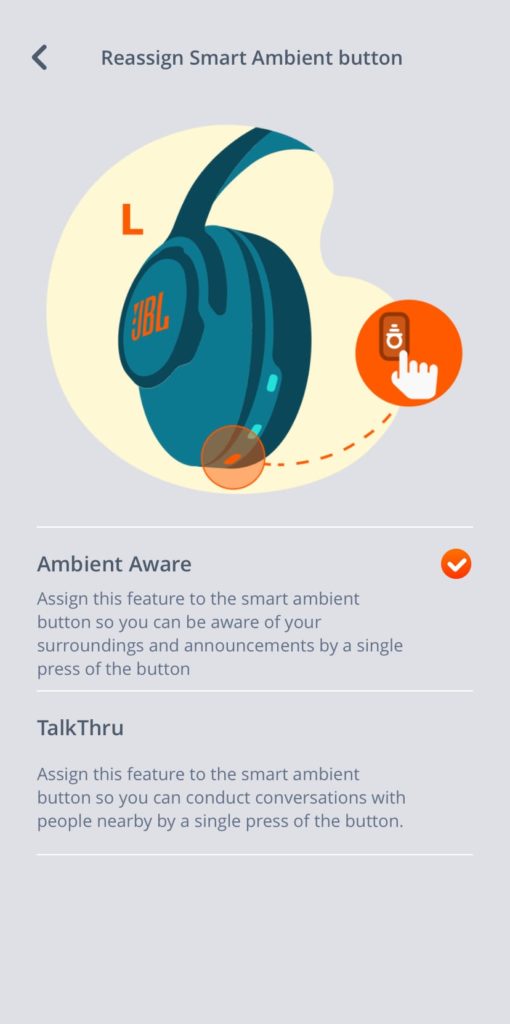



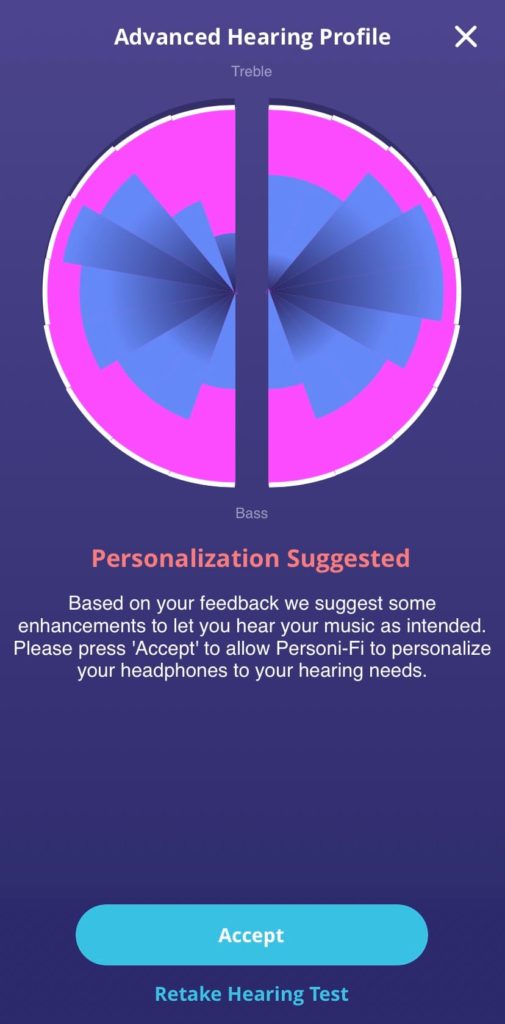
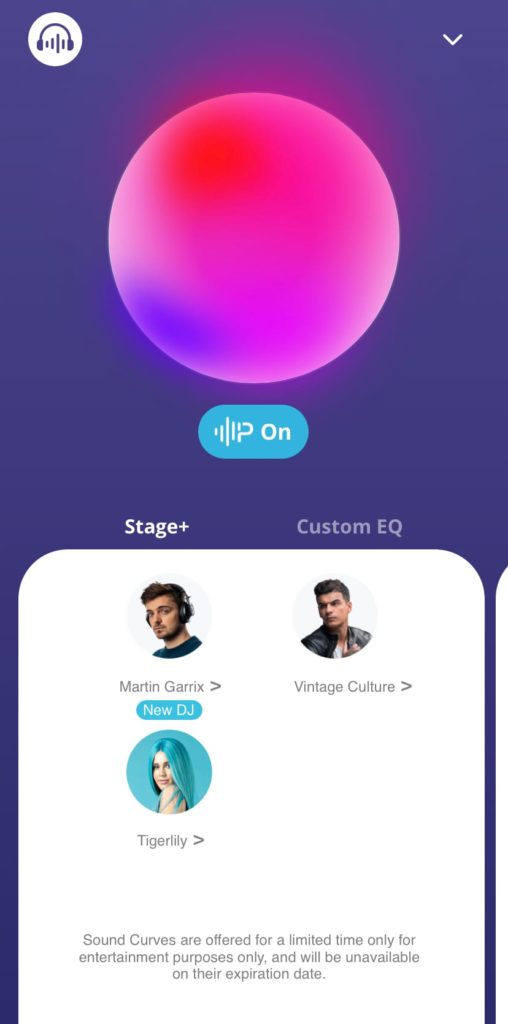
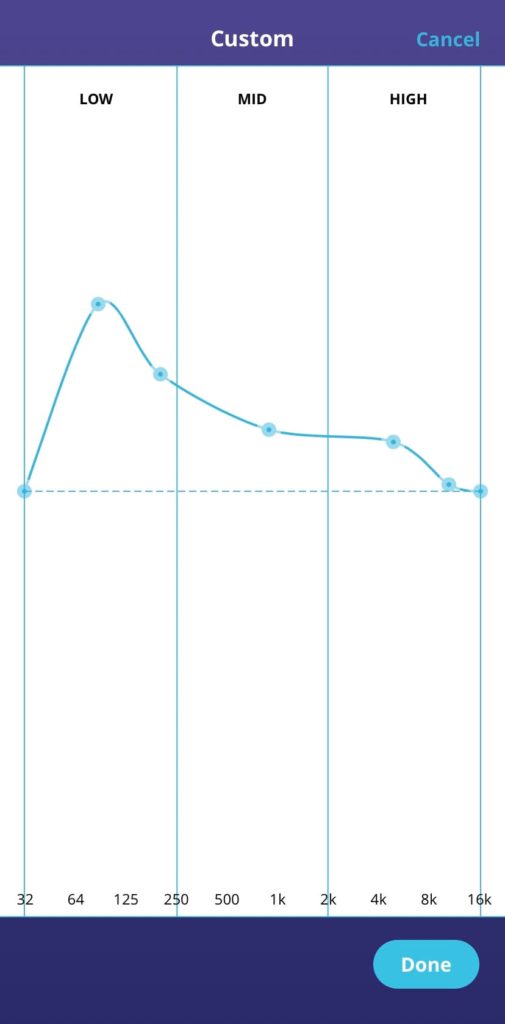
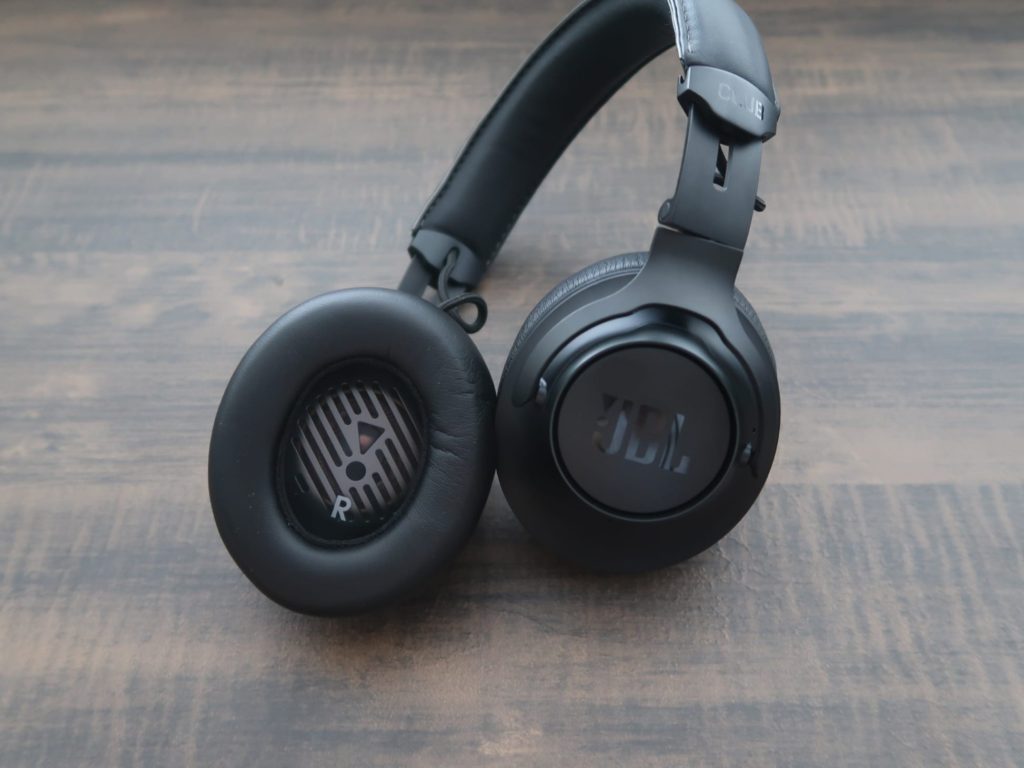

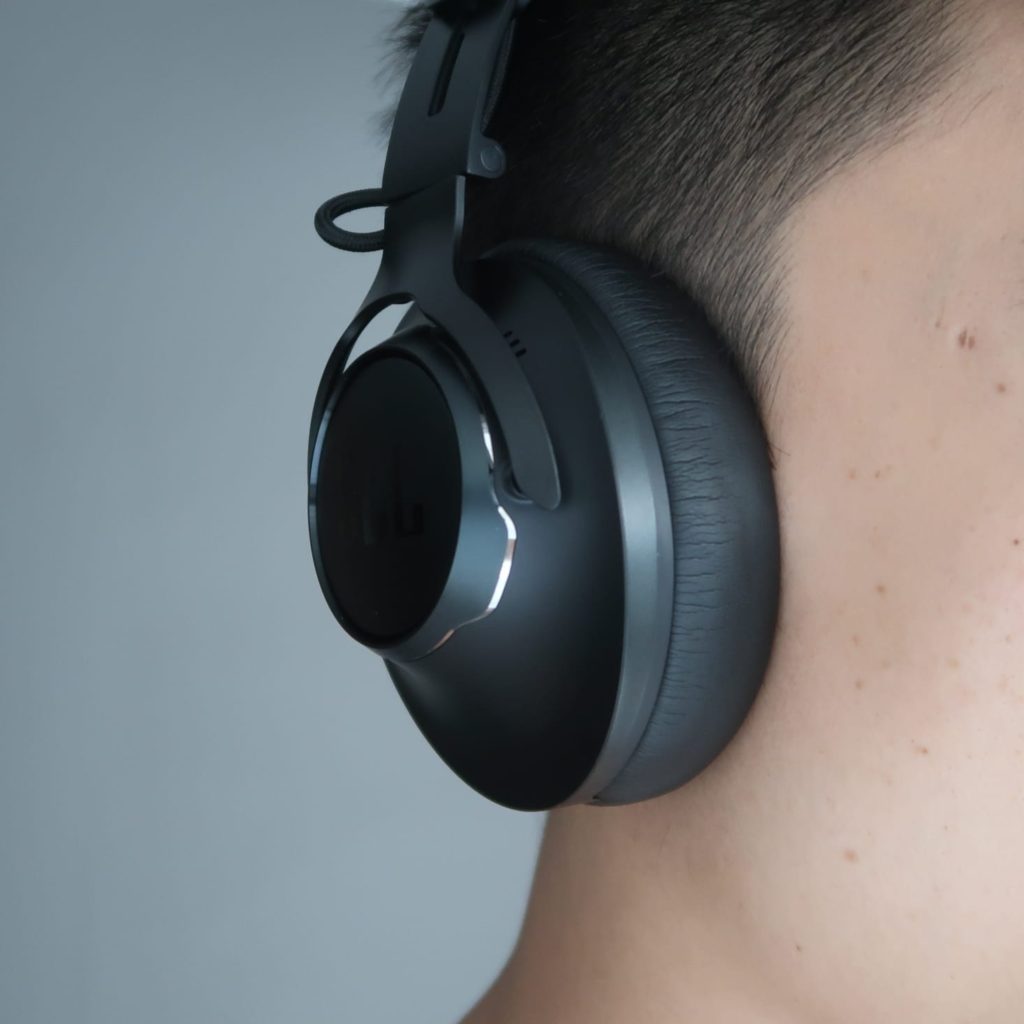
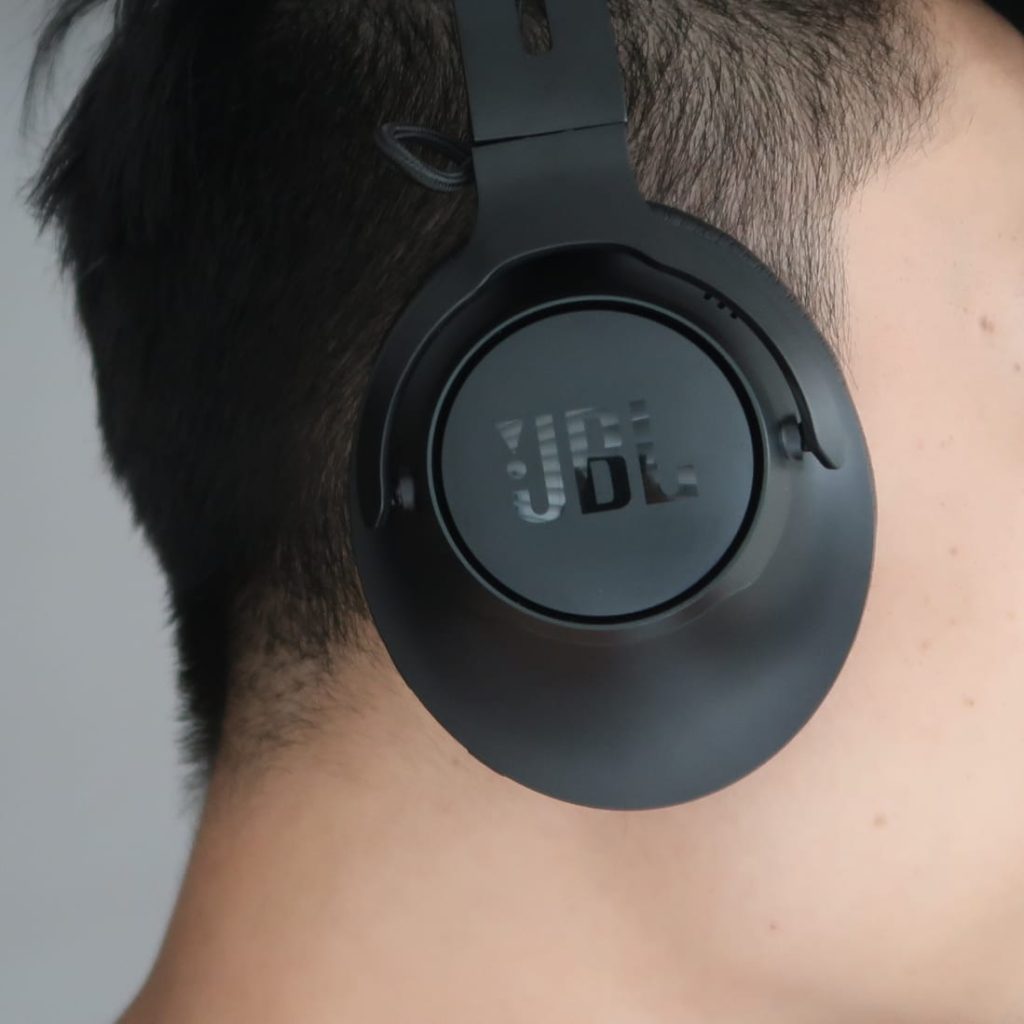



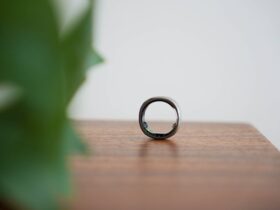
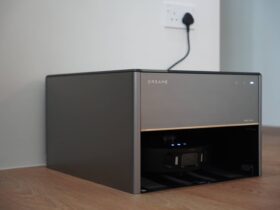
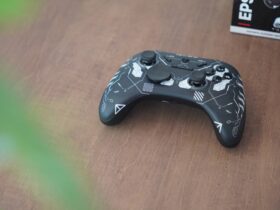
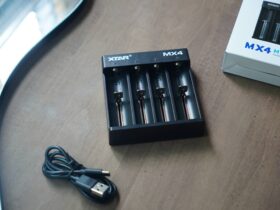
Leave a Reply